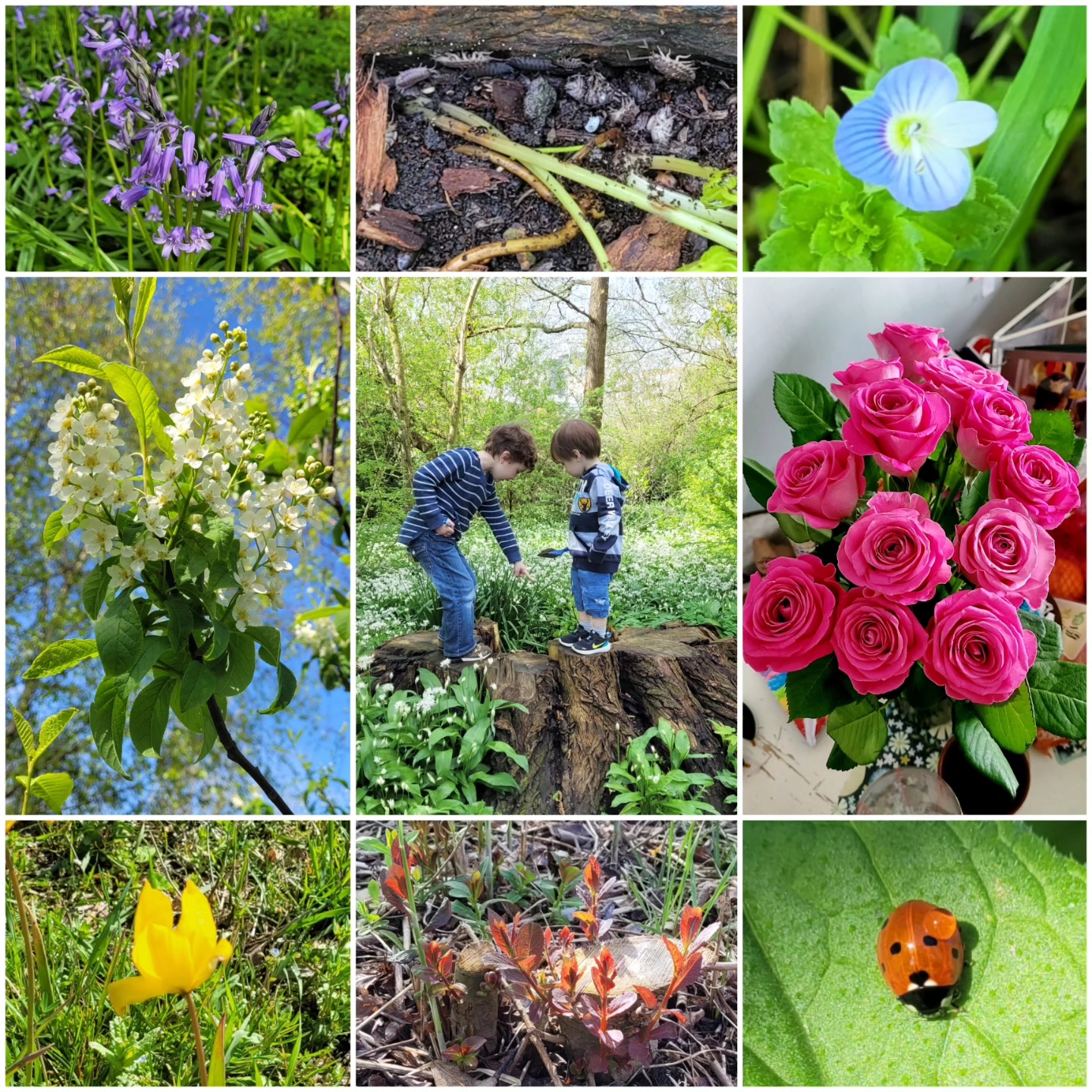The National Holocaust Museum in Amsterdam
The National Holocaust Museum in Amsterdam focuses on the history of the persecution of Jews in the Netherlands. It opened in March 2024, to misplaced protests by anti-Israel-Pro-Palestine protestors (I later learned they were there to protest against the Israeli president, who came to the opening). I visited the week after it opened, with a bit of nervousness. First thing you notice is having your ticket checked before you can get in the lobby. Second thing is the airlock-style atrium. You have to enter the outer-door, which has to completely shut before the inner door can be opened by a second security guard. It's a MUSEUM, not a military installation. And yet, apparently there was fear it would be the target of attacks. This is the world we live in.
[The Museum makes up both the brown & white building, and the white cement building on the right. Photo from PowerTraveler]The building itself is historic (like so much of Amsterdam). It was the The Reformed Teacher Training College, which in 1943 aided in the escape of 600 Jewish children. The small exhibit comes at the end of your harrowing trek through the Shoa or Holocaust, and gives a sense that even in times of great evil there is a small light of hope (and of course, it's the teachers)!
The museum isn't for the faint of heart. You start at the top, with a photo of bodies along the side of the road, and a Dutch imprisoned boy walking along beside them. Exhibits focus on the personal items owned by Dutch Jews and their loved ones and the story of the Holocaust is told through them. Wedding dresses, suitcases, clips of hair, embroidery. Pieces of people lost. Many of these people were hoarded into Westerbork Refugee Camp. This included a large number of Jewish children moved from Germany by train in 1938-39.

As you move through rooms and the timeline moves on, the items change. Maps, books of laws against the Jews, boxes of cards cataloguing their existence, yellow fabric with printed yellow stars, patches and cups celebrating the Nazi party.
2025- I was struck by the laws that made it hard then impossible to be Jewish or Other. In all aspects of work and life, they were replaced with Nazi / Sympathizers.
"22-08-1940 All anti-German literature must be removed from libraries" sounds very much what Trump is doing in America right now...
Then, the transportation to workcamps begins in earnest and people are hiding. The things people made while in hiding, for hobby, or survival, or love. Amazing. Clothing to match their foster Jewish children and encourage the appearance of being related; comic strips sneaked to loved ones, and this lovely purse made by an Oma to her grandbaby.

(This piece is from the museum website's digital collection. I found this piece particularly interesting. Beautiful, and sad.
"Embroidered book made in Japanese internment camp (of Europeans). In March 1943, Odeed Cohen and his mother, Rachel, were interned in the Boemikamp in Solo, in the former Dutch East Indies. Rachel recorded the daily scenes in this camp in an embroidered book intended for Odeed. In June 1945, they were transferred to Banjoebiroe."- NHM & Google Translate
Fast forward to the end, when the camps were found and then emptied, and people started going home. Some had no homes to go to, their properties being stolen and having new people living in them.
The museum ends with the Creche on the ground floor. It tells the story of the people that took children stuffed into their school-turned-deportation center and smuggled them out to safety.
To learn more about:
*The Holocaust in Ukraine: Kiev Ravine executions of 34,000 Jews. Nearly the entire Jewish population.
*The Dutch East Indies concentration camp. Campioni- Kamphoofd tegen wil en dank (2022)



















Comments
Post a Comment